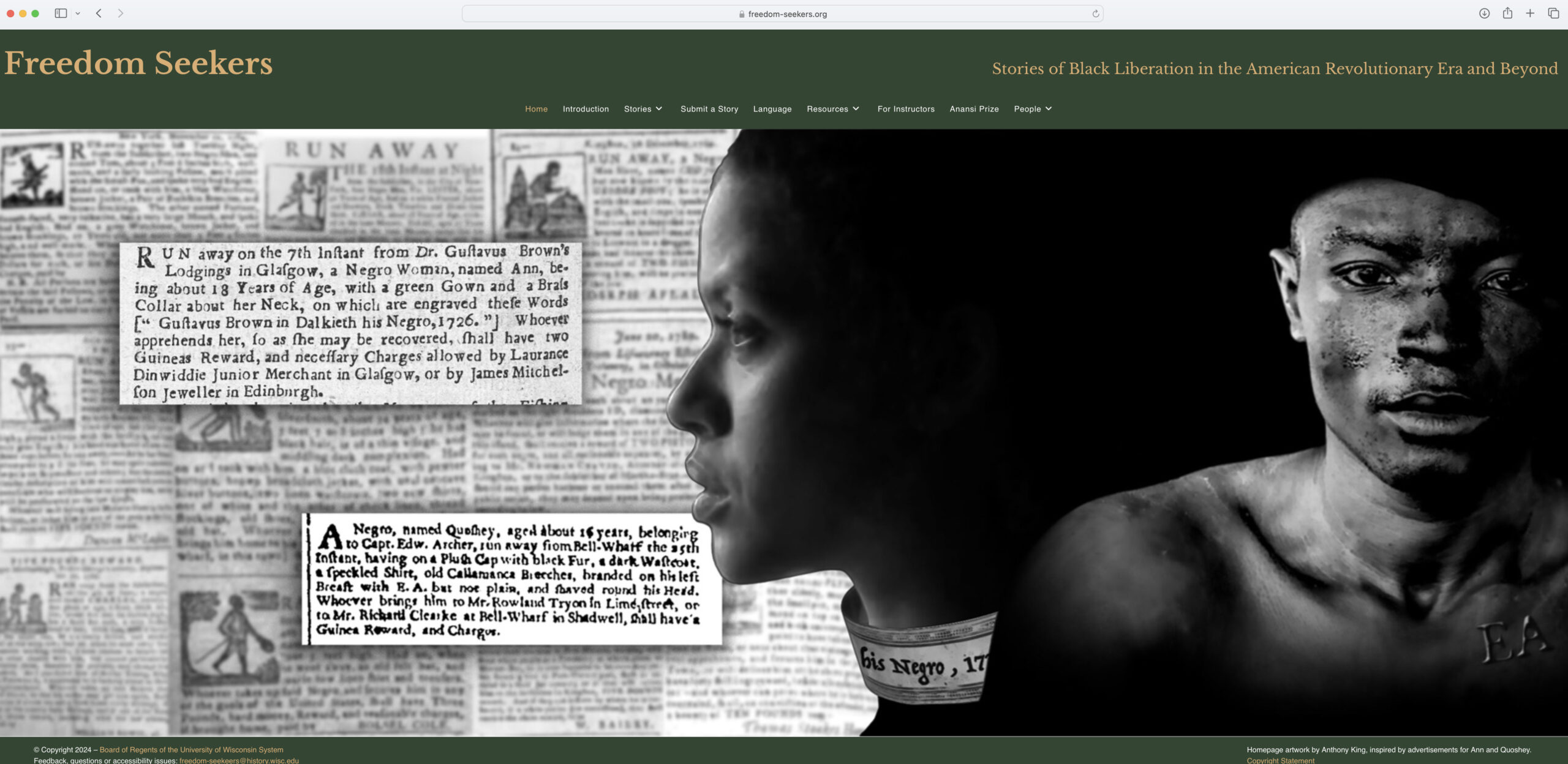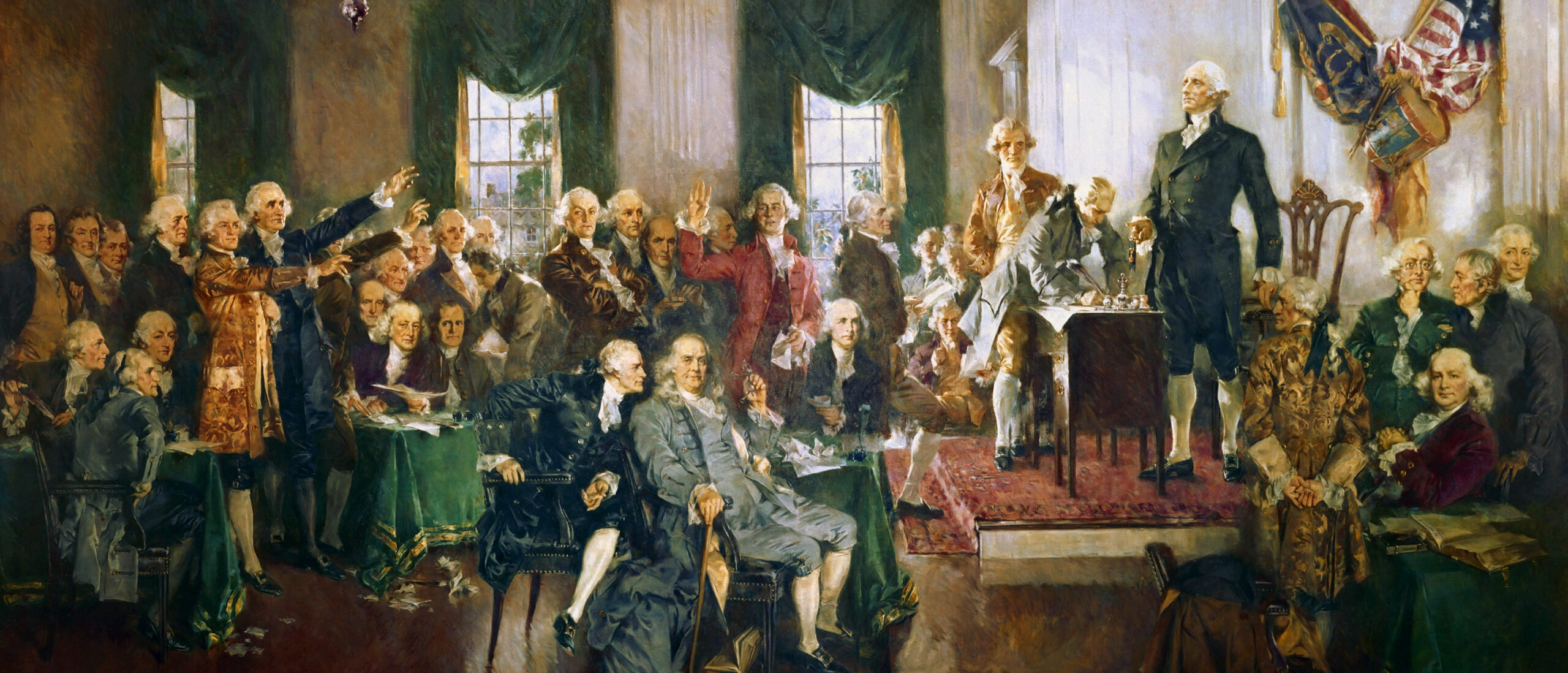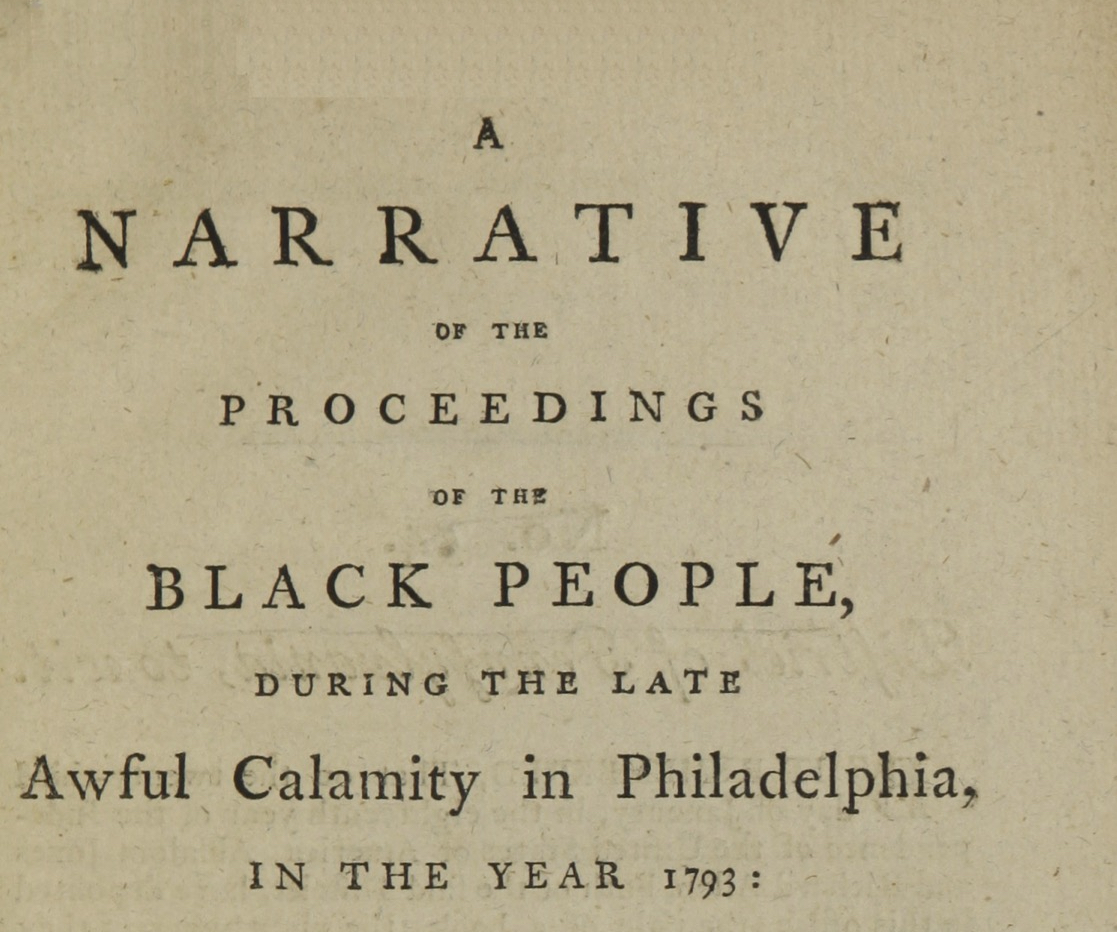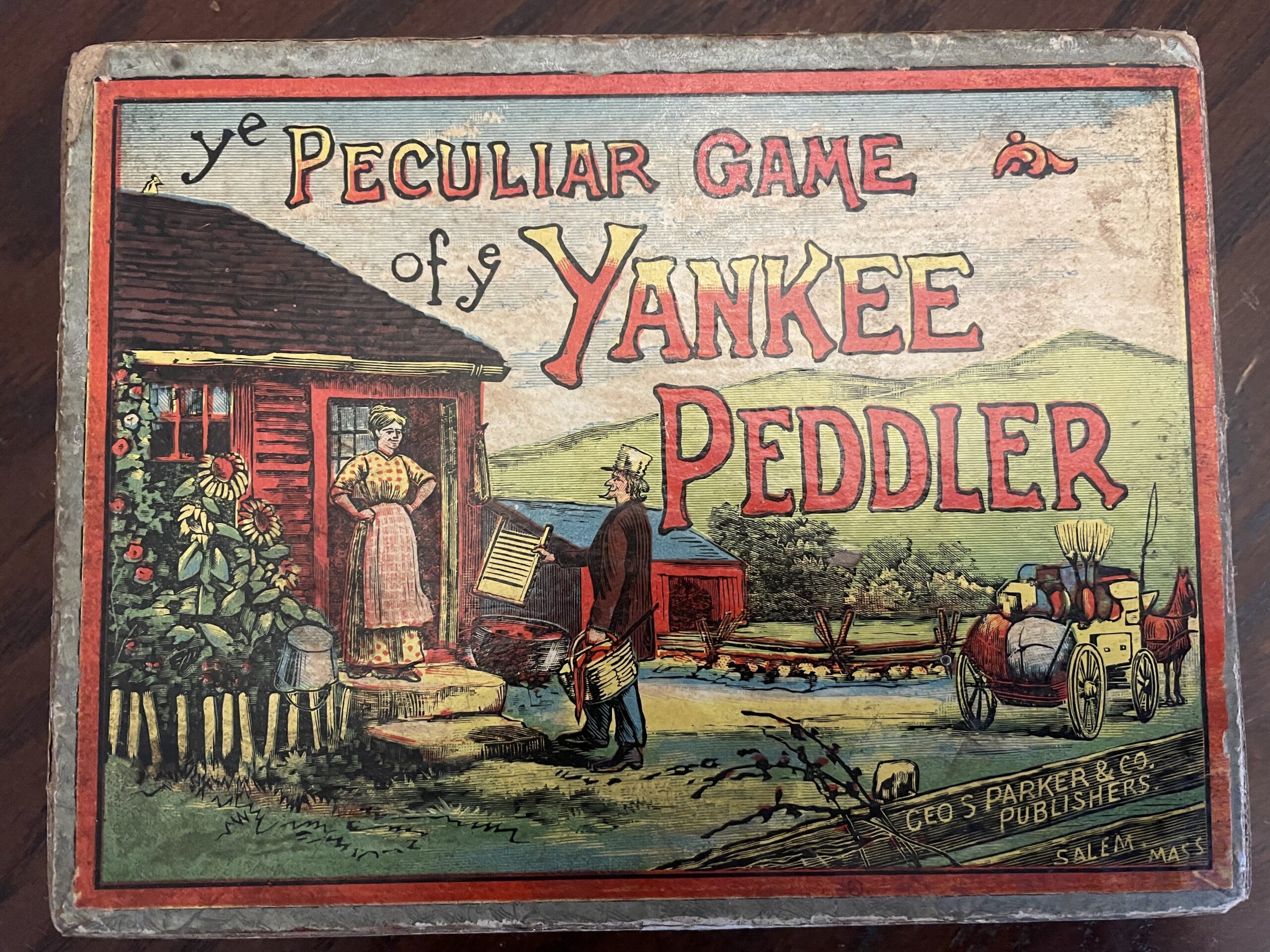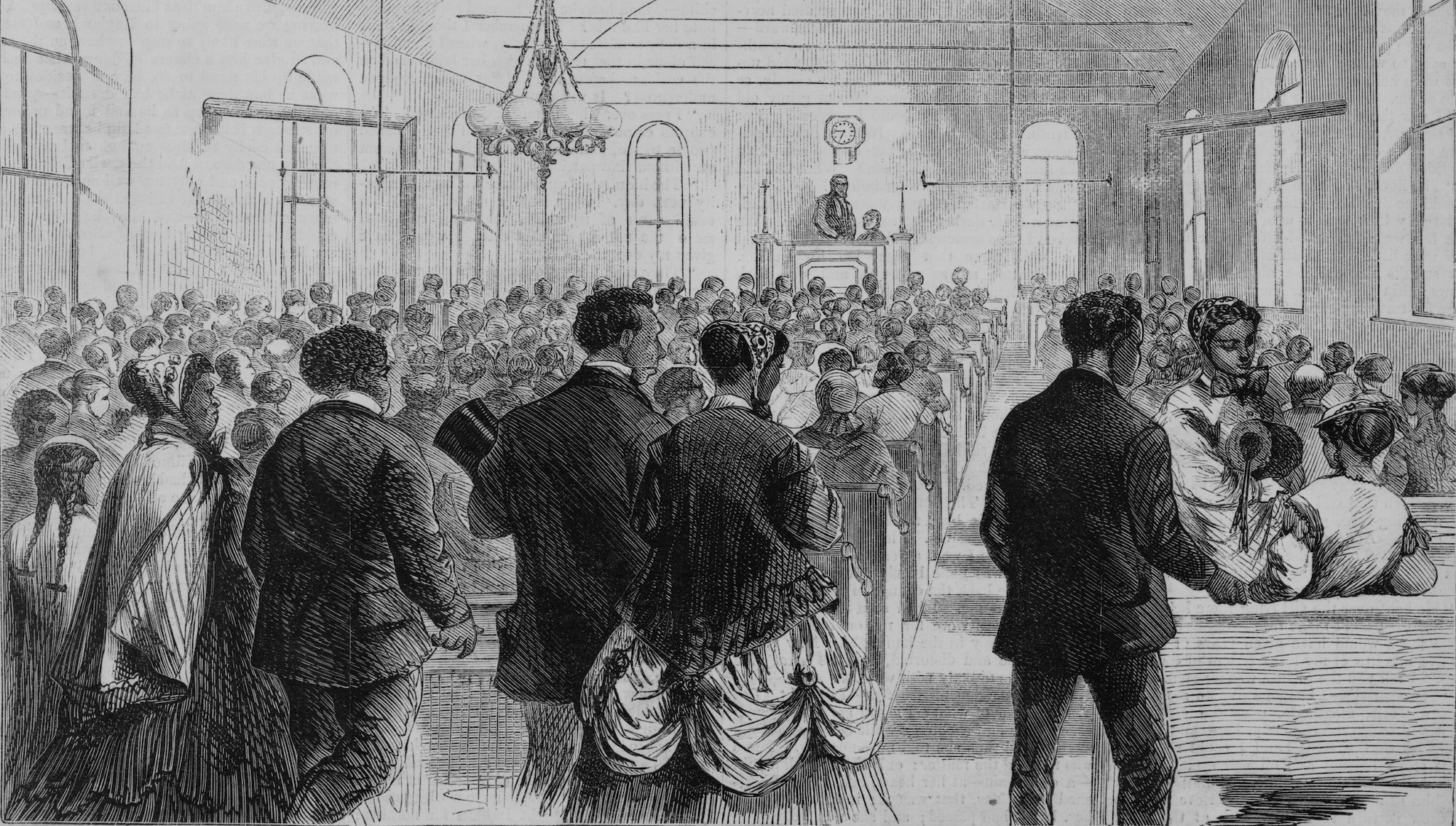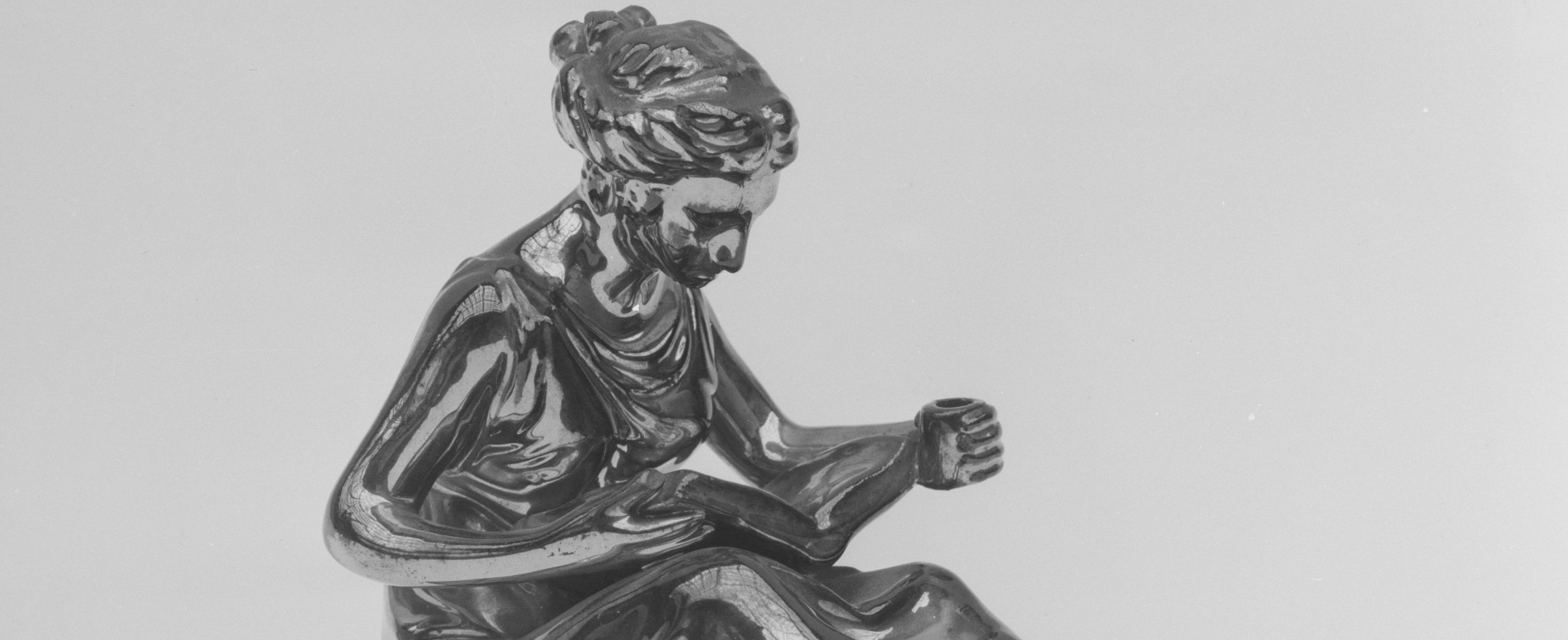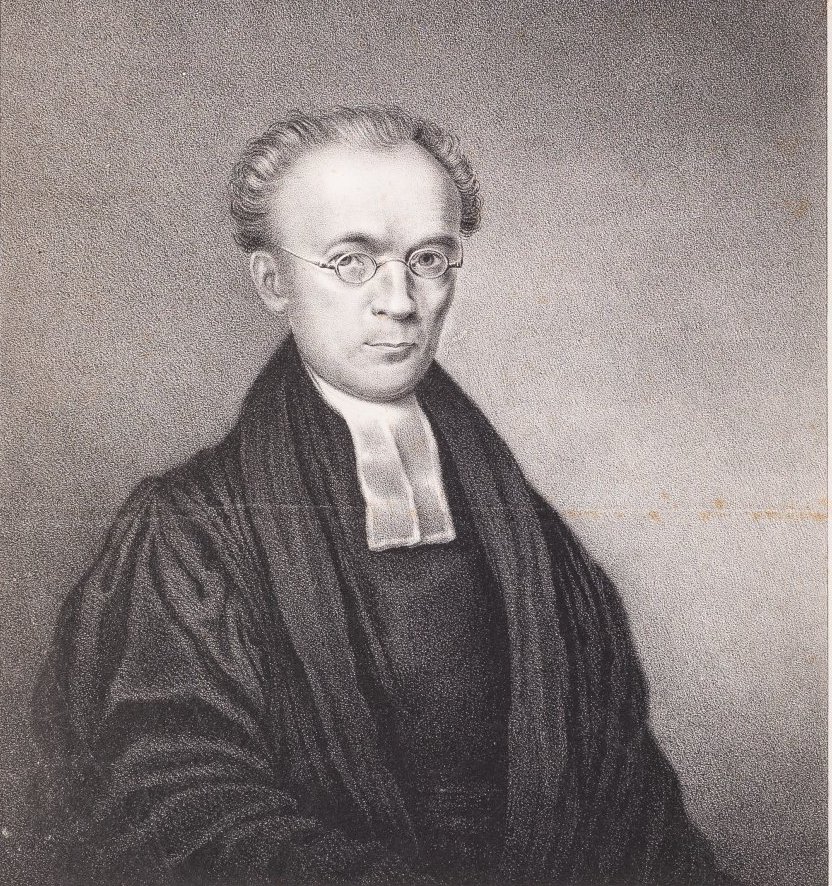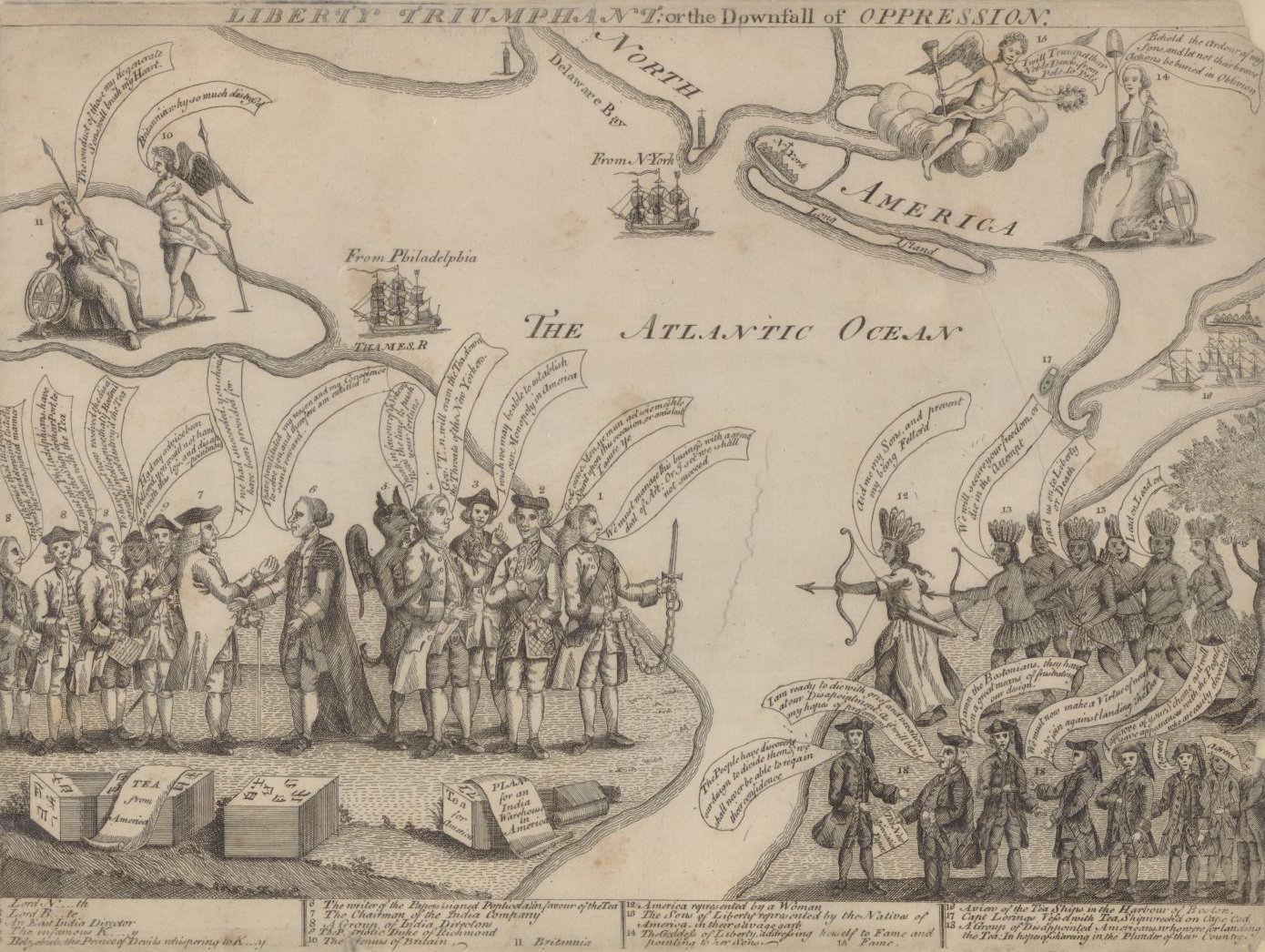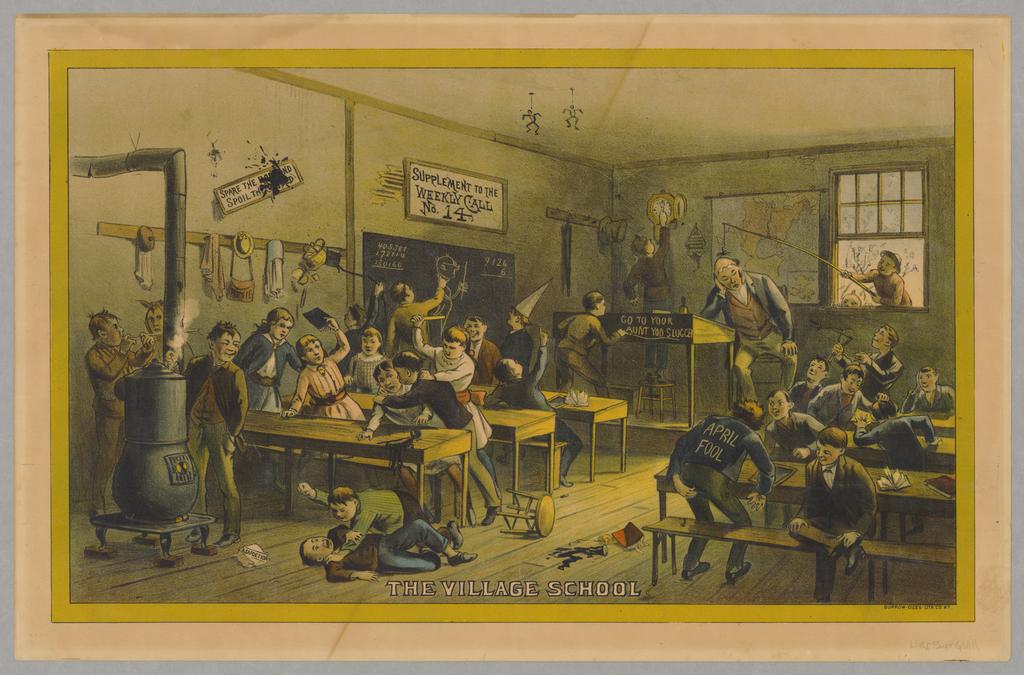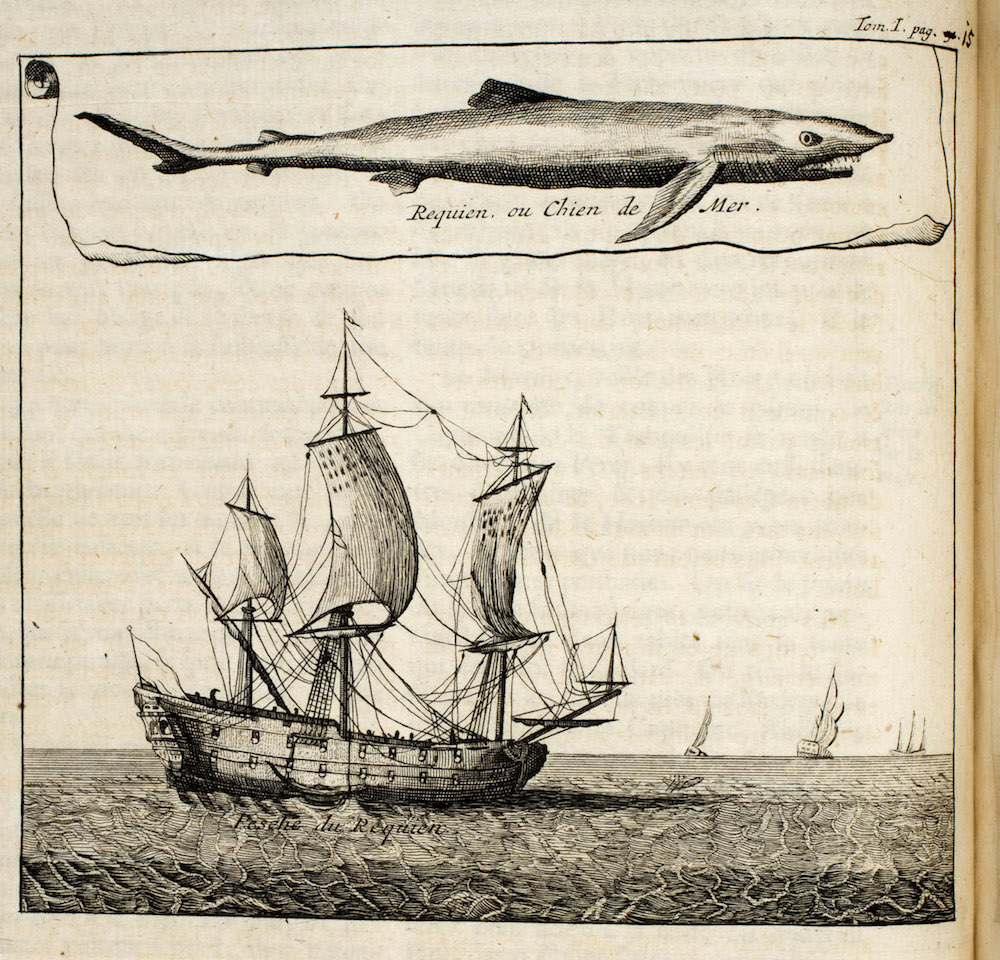
The Louisiana Purchase, an achievement doubling the size of our country, not only should have been a better deal, but indeed could have been: better for the people—black, white, and Native American—then occupying the territory, better for those who came to occupy it thereafter by migration from the United States, and better, especially, for those who were driven into it as slaves. As Thomas Jefferson wrote to Albert Gallatin, “How much better to have every 160 acres settled by an able-bodied militia man, than by purchasers with their hordes of Negroes, to add weakness instead of strength.” Yet slave-owning “purchasers” after 1803 were enabled to bring into Louisiana “their hordes” of slaves because of the terms of the purchase agreement, as interpreted by the Congress during Jefferson’s own administration, and because a series of decisions were made both by his administration and a Congress sympathetic to it.
Similar decisions had already brought slavery westward from the plantations of the Chesapeake and the Carolinas to the edge of the lands purchased. It could have been otherwise. Each of those decisions was narrowly made, commencing in 1784, when Jefferson, then a representative to Congress from Virginia, lamented that “the fate of millions unborn hung on the tongue of one man, and heaven was silent at that awful moment.” Language to which Jefferson gave his assent, prepared for congressional action by Timothy Pickering, representative from Massachusetts, would have prohibited slavery in all territories between the Appalachians and the Mississippi except Kentucky. It failed by one vote.
The “one man” whose tongue that might have altered these outcomes was James Monroe. In 1786, as chairman of a committee to take up again the ordinance of 1784, he did nothing to restore the language of Pickering and Jefferson. We are told by Monroe’s biographer, Dr. Henry Ammon, that the committee produced “a report adhering closely to his [Monroe’s] views . . . [yet] the provision excluding slavery, struck out in 1784, was not restored . . . Jefferson made no comment about the omission . . . Monroe never explained why he did not incorporate this provision, to which Jefferson attached so much importance.” Nor did Jefferson. Slavery moved to the banks of the Mississippi, facing westward toward the empire purchased in 1803. Then Monroe presided over the final negotiations for that Purchase, in which was inserted the fatal language assuring, in the interpretation of the Jeffersonian Congress, the rights to hold and to import slaves into the vast dominion included in the Louisiana Purchase.
Under the leadership of seven evangelical clergymen, Kentucky’s constitutional conventions of the 1790s had almost succeeded in repairing the damage done in 1786, and bringing it into the Union as a free state. Just before the Louisiana Purchase, even in Mississippi Territory, the lower house of the legislature passed anti-slavery resolutions. Plantation slavery was in decline in Louisiana when it was purchased. Thereafter, Arkansas and Missouri only came into the Union as slave states by bare majorities. Thomas Jefferson’s Lost Cause, a republic of free and independent yeoman farmers, was lost in a series of insufficiently contested choices. That was a great loss, in economic, environmental, and moral terms.
And, of course, there were costs in money incurred in the purchase of a territory from Napoleon, who did not own it, at a time in which his failed Haitian expedition demonstrated that he had not the means to wrest it away from Spain and hold it against a determined American administration. Alexander Hamilton, Aaron Burr, and Andrew Jackson all preferred either an inexpensive purchase from Spain or the acquisition of the territory by force of arms. Jefferson and Monroe did not. The planters in general were unlikely to rejoice in a military conquest of Louisiana headed by either Hamilton or Burr, both sworn enemies to the slave system. And the planters got their way.
As for the peoples present in Louisiana when it was purchased, the costs were obvious. Slavery gathered strength. A new and muscular power came on the scene, bent upon driving Indians westward, out of the arable plains. With astonishing dexterity, Jefferson was able to get the Indians living east of the Mississippi to pay for the Purchase itself. He explained to his old confidant John Dickinson that once “the lands held by the Indians on this side of the Mississippi” were obtained, “we may sell out our lands here and pay the whole debt contracted before it comes due.” That could be done by re-selling those Indian lands to the planters, those “purchasers with their hordes of Negroes” about whom he wrote Gallatin. Buying cheap, working the spread, and selling a little more expensively, the government he headed managed to achieve a remarkable transaction. The cost was low in cash, that is true, but high in other values.
Many Americans have since become the beneficiaries of Napoleon’s sale to Jefferson of an empire that did, indeed, become an Empire of Freedom after 1865. The Indians who inhabited nearly all of the territory he purported to sell; the Spanish empire which had the superior claim to it among European powers; that Bonapartian empire that extorted it from Spain, held it for a twinkling, and sold it; the rising American empire that bought it, the white settlers who crowded into it; and the black slaves that worked much of it, all might make differing computations of its costs and benefits. At two hundred years’ distance, we may rejoice in the opportunity that sale and purchase has offered us. Until 1865, however, the Louisiana Purchase did not create an Empire of Freedom for many who lived within it—though it might have. The cost of “the deal” as it was made was very high. Indeed, the costs of the succession of “deals,” of which it was one, struck by the planters and those who acquiesced in their triumphal progress across the South, accumulated into a final terrible cost in Civil War.
Between 1776 and 1860, choices were made by those controlling the government of the United States, and the governments of its territories and states, determining whether or not slavery would be permitted within their boundaries. In 1803, the Louisiana Purchase did indeed double the extent of the territory conceded by the European powers to lie within the United States. (The Indians, of course, had other ideas.) After arrangements were made as part of that acquisition, slavery was given fresh encouragement in Louisiana and permitted to expand up the Mississippi Valley. A momentum of events began, eventuating in an attempted division of the Union by slave owners, slave sellers, and those they could convince to follow their lead. They so detested the prospect of restriction upon the continued spread of their system of forced labor that they sought to take the states they controlled out of the United States.
They had been threatening to do so since the 1780s. They had often raised the specter of disunion to convince a sufficient number of Northern senators and congressmen to permit them to have their way after the nation was placed under constitutional government in 1787: when the Southwest Territories were chartered in 1787-89, when Kentucky adopted its constitution in 1792, and when Mississippi Territory was organized in 1802. Yet all the while, from 1784 onward, as each new area was opened to slavery, eloquent men and women argued that keeping people in bondage was inconsistent with the nation’s founding documents. In 1805 the necessity to organize the Louisiana Purchase detonated a two-year debate as to how land use and labor use might determine civil society. The contention increased in ferocity as portions of the Purchase became the slave states of Louisiana, Arkansas, and Missouri.
Thomas Jefferson, the predominant political figure in the nation, had expressed in radiant language his aversion to slavery and his preference for a republic of free and independent farmers. In his early middle age, until 1784, he had offered proposals whereby a virtuous republic might wisely dispose of its public lands and encourage a benign labor system on those lands. In his later years he was fully informed of the choices being made, but interposed no public objection as his edifice of dreams was systematically reduced to rubble. He could not escape full knowledge of the consequences for the land itself of each decision. During his own presidency (1801-09) great plantations worked by slaves engrossed more and more of the choicest portions of a quarter of a continent. He was aware of that outcome. Therefore this is a tragic story.
The tragedy was, of course, larger than the disappointment of a single man. It was a national one: the nation as a whole had the power, over and over again, to stop its decline into civil war. As new domains were acquired by purchases and wars from the Indian nations, from France, and from Spain, the preferences most affecting the allocation of that land were those of owners of large plantations worked by many slaves. The great planters saw to it that the choicest property went into the hands of people such as themselves rather than to family farmers.
These were all political decisions made by narrow majorities. Each could have been tipped to another outcome. None was inevitable. Few political choices are when great moral questions are manifestly at stake. As these decisions were made, the contestants on both sides understood that the alternative labor system to slavery was family farming. And each of the choices between planters and family farmers left effects not only upon the nation, but upon the land itself, ordaining its future as well.
The land is where we live and where the consequences of our presence accumulate, determining what else we can do, and what we can no longer do. The land is thus the book of our lives. Each day we write upon it new pages, some splendid, some sordid, informing our progeny of the truth about us whatever we may write elsewhere. What we do is recorded upon it, indelibly, day after day. So it was between 1776 and 1861. So it is today.
This article originally appeared in issue 3.3 (April, 2003).
Common-place asks Roger G. Kennedy, director emeritus of the National Museum of American History; fourteenth director of the U.S. National Park Service; and the author, most recently, of Mr. Jefferson’s Lost Cause: Land, Farmers, Slavery, and the Louisiana Purchase (New York, 2002), whether the Louisiana Purchase could have been a better deal.




